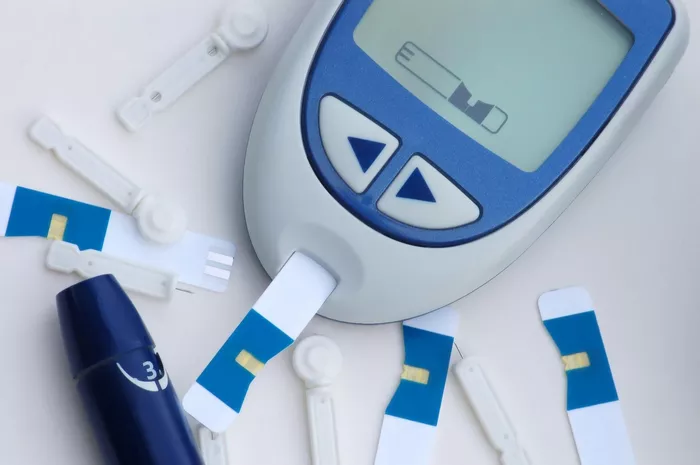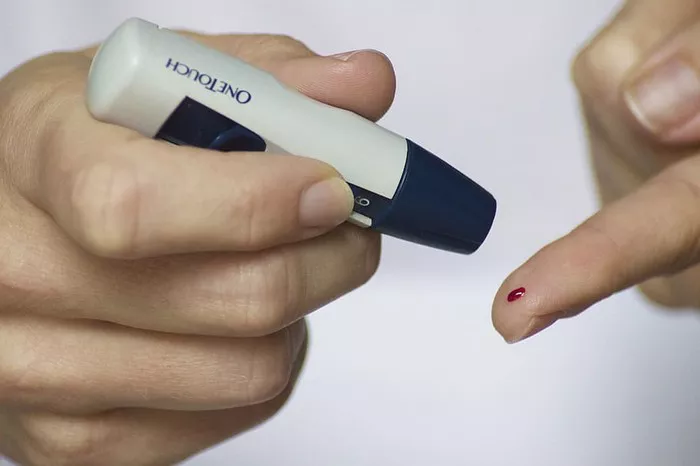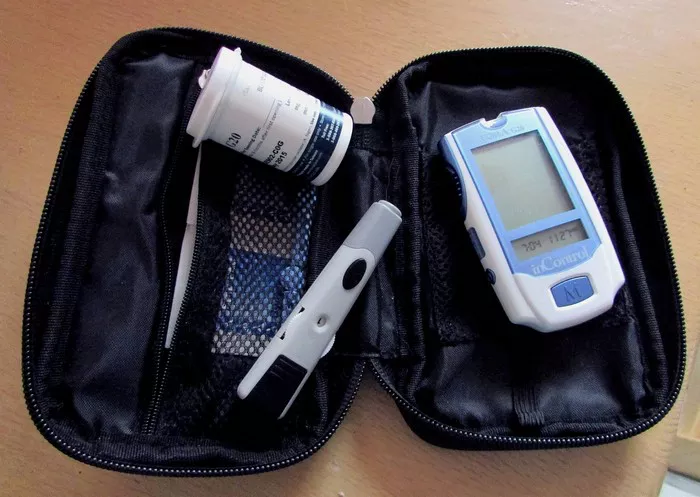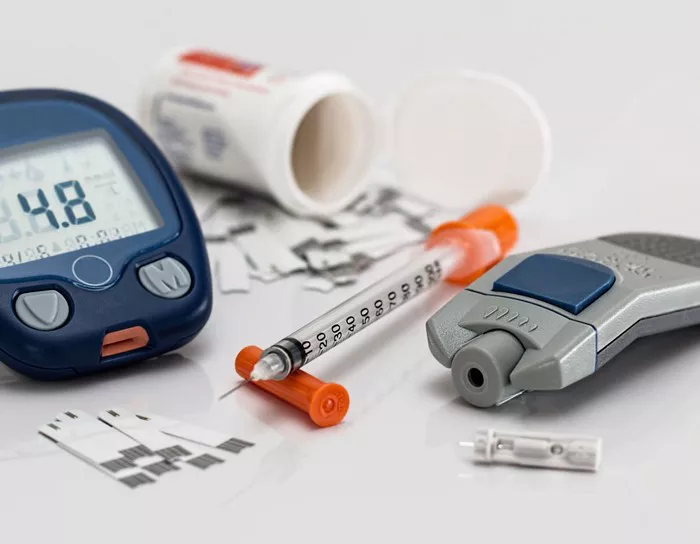Introduction
Diabetes mellitus is a chronic condition characterized by elevated blood glucose levels resulting from impaired insulin secretion, insulin action, or both. Effective management of diabetes is crucial in preventing the onset of severe complications such as cardiovascular disease, neuropathy, retinopathy, and nephropathy. Among various diagnostic and monitoring tools available for managing diabetes, Glycated Hemoglobin (HbA1c) testing stands out due to its ability to provide a comprehensive picture of blood glucose control over an extended period. This article delves into what constitutes a normal HbA1c level, its significance, and its role in diabetes management.
What is Glycated Hemoglobin?
Glycated hemoglobin, also known as HbA1c, is a form of hemoglobin that is chemically linked to a glucose molecule. Hemoglobin is a protein in red blood cells responsible for transporting oxygen from the lungs to the rest of the body. When glucose enters the bloodstream, it can attach to hemoglobin, forming HbA1c. The amount of HbA1c formed is directly proportional to the average blood glucose levels over the past two to three months, which corresponds to the lifespan of red blood cells. Therefore, HbA1c is a useful marker for evaluating long-term glycemic control.
Normal HbA1c Levels
Defining Normal and Diabetic HbA1c Levels
For individuals without diabetes, normal HbA1c levels typically range from 4% to 5.6%. Levels between 5.7% and 6.4% are considered indicative of prediabetes, a condition where blood glucose levels are higher than normal but not yet high enough to be classified as diabetes. An HbA1c level of 6.5% or higher on two separate tests usually confirms a diagnosis of diabetes.
Importance of Maintaining Normal HbA1c Levels
Maintaining an HbA1c level within the normal range is crucial for individuals with diabetes as it signifies effective management of the condition. Elevated HbA1c levels are associated with an increased risk of diabetes-related complications. By keeping HbA1c levels within the target range, individuals can significantly reduce their risk of developing these complications and improve their overall quality of life.
The Role of HbA1c in Diagnosing Diabetes
Diagnostic Criteria
The American Diabetes Association (ADA) and the World Health Organization (WHO) endorse the use of HbA1c testing for diagnosing diabetes. According to the ADA, an HbA1c level of 6.5% or higher is one of the diagnostic criteria for diabetes. This criterion provides a reliable alternative to fasting plasma glucose (FPG) and the oral glucose tolerance test (OGTT).
Advantages of HbA1c Testing
One of the primary advantages of HbA1c testing is that it does not require fasting, making it more convenient for patients. Moreover, it reflects long-term glucose exposure, which is more informative for assessing the risk of complications than a single point-in-time measurement. This makes HbA1c a robust tool for both diagnosing diabetes and monitoring ongoing treatment.
Monitoring Diabetes with HbA1c
Frequency of Testing
For individuals diagnosed with diabetes, the frequency of HbA1c testing varies based on the stability of their blood glucose control and the type of diabetes. Generally, the ADA recommends that HbA1c testing be performed at least twice a year for patients who are meeting treatment goals and have stable glycemic control. For those whose therapy has changed or who are not meeting glycemic targets, quarterly testing is advised.
Interpreting HbA1c Results
Interpreting HbA1c results requires a comprehensive understanding of both the numerical values and the patient’s overall health context. An HbA1c level below 7% is typically the target for many adults with diabetes, as per ADA guidelines. However, targets may be individualized based on factors such as age, duration of diabetes, presence of comorbidities, and risk of hypoglycemia.
Relationship Between HbA1c and Average Blood Glucose
The HbA1c test result can be translated into an estimated average glucose (eAG) level, which provides patients with a more understandable metric of their blood glucose control. For instance, an HbA1c of 7% corresponds to an eAG of approximately 154 mg/dL (8.6 mmol/L). This correlation helps patients relate their HbA1c results to their daily blood glucose readings.
Factors Influencing HbA1c Levels
Biological Factors
Several biological factors can influence HbA1c levels, including age, race, and genetic variants of hemoglobin. For example, certain ethnic groups, such as African Americans and Hispanics, tend to have higher HbA1c levels than Caucasians, independent of glucose levels. Genetic variants, such as hemoglobin S (sickle cell trait) or hemoglobin C, can also affect HbA1c readings.
Medical Conditions and Medications
Various medical conditions and medications can impact HbA1c levels. Conditions that affect red blood cell turnover, such as hemolytic anemia or chronic kidney disease, can lead to inaccurate HbA1c results. Additionally, certain medications, such as those influencing erythropoiesis, can alter HbA1c levels. It is crucial for healthcare providers to consider these factors when interpreting HbA1c results.
Lifestyle and Behavioral Factors
Lifestyle factors, including diet, physical activity, and adherence to medication, play a significant role in influencing HbA1c levels. Effective diabetes management requires a holistic approach that encompasses these elements. For instance, regular physical activity can enhance insulin sensitivity, leading to better glycemic control and lower HbA1c levels.
Challenges in HbA1c Testing
Variability and Accuracy
While HbA1c testing is a valuable tool, it is not without limitations. Variability in HbA1c results can occur due to differences in laboratory methods, sample handling, and individual patient factors. Standardization programs, such as the National Glycohemoglobin Standardization Program (NGSP), aim to minimize these variations and improve the accuracy of HbA1c measurements.
Misinterpretation of Results
Misinterpretation of HbA1c results can lead to inappropriate clinical decisions. Healthcare providers must be aware of conditions that can cause falsely elevated or lowered HbA1c levels. For example, conditions causing rapid red blood cell turnover can lower HbA1c, while iron deficiency anemia can elevate it.
Limitations in Reflecting Short-Term Changes
HbA1c reflects average blood glucose levels over two to three months and may not capture short-term fluctuations or recent changes in glycemic control. Therefore, it should be used in conjunction with other monitoring methods, such as self-monitoring of blood glucose (SMBG) or continuous glucose monitoring (CGM), to provide a comprehensive assessment of glycemic control.
Individualizing HbA1c Targets
Tailoring Targets to Patient Needs
Individualizing HbA1c targets is essential for effective diabetes management. Factors such as age, life expectancy, comorbidities, and the risk of hypoglycemia should be considered when setting glycemic goals. For instance, less stringent HbA1c targets (e.g., 7.5% to 8%) may be appropriate for older adults with a limited life expectancy or significant comorbidities, while tighter control (e.g., HbA1c below 6.5%) may be suitable for younger patients with a longer life expectancy and no significant comorbid conditions.
Shared Decision-Making
A collaborative approach to setting HbA1c targets, involving both healthcare providers and patients, is crucial. Shared decision-making ensures that treatment goals align with the patient’s preferences, lifestyle, and risk tolerance. Educating patients about the implications of different HbA1c levels and involving them in the decision-making process can enhance adherence to treatment plans and improve outcomes.
The Future of HbA1c Testing
Advancements in Technology
Advancements in technology continue to enhance the accuracy and convenience of HbA1c testing. Point-of-care HbA1c tests, which provide results within minutes, are becoming increasingly available, enabling more immediate clinical decisions. Additionally, ongoing research into new biomarkers and alternative measures of glycemic control may complement or even replace HbA1c testing in the future.
Integrating Data from CGM
Continuous glucose monitoring (CGM) systems provide real-time data on glucose levels and trends, offering a detailed picture of glycemic variability. Integrating CGM data with HbA1c results can provide a more comprehensive assessment of glycemic control, helping to identify patterns and make more informed treatment adjustments.
Personalized Medicine
The future of diabetes management lies in personalized medicine, where treatment plans are tailored to the individual’s genetic profile, lifestyle, and specific needs. Advances in genomics and big data analytics will likely lead to more precise and individualized approaches to managing diabetes, including the use of HbA1c as part of a broader array of personalized health metrics.
Conclusion
Understanding normal glycated hemoglobin levels is fundamental to the effective management of diabetes. HbA1c testing offers a reliable and convenient means of assessing long-term glycemic control, aiding in both the diagnosis and monitoring of diabetes. Maintaining HbA1c within target ranges is crucial in reducing the risk of diabetes-related complications and enhancing overall quality of life. However, it is essential to consider the individual patient context, biological variability, and other influencing factors when interpreting HbA1c results. As technology and personalized medicine continue to evolve, HbA1c testing will remain a cornerstone of diabetes care, complemented by emerging tools and approaches for optimal disease management.
Related topics:
What is the Most Accurate Glucometer?



























